Sigma 17-40mm f/1.8 DC Art Review: A Legend Reborn
The Sigma 17-40mm f/1.8 DC Art is the successor to Sigma’s legendary 18-35mm zoom lens for crop-sensor cameras. It has been a long time coming and stands out as a truly professional APS-C zoom lens in a mirrorless era where APS-C zooms often target beginners and enthusiasts more than seasoned professionals. But does Sigma’s latest live up to its legacy?
Editor’s Note: We apologize for a delay on this review. PetaPixel’s initial sample (which was an early-access lens) showed some issues with sharpness. After receiving a second unit, PetaPixel retested and was able to finalize the review.
As a camera reviewer, I get to see all the latest gear, and it’s impossible to deny that full-frame equipment makes up the vast majority of new releases. Sometimes, it’s even easy to overlook APS-C cameras and lenses when making recommendations or identifying the latest exciting new gear. Because of this, when a major lens maker like Sigma announces a brand new professional APS-C zoom lens, you immediately take notice. I hadn’t seen a general-purpose pro zoom lens for APS-C in quite some time, and considering that the 17-40mm f/1.8 DC is part of the prestigious Art series, I was expecting big things.
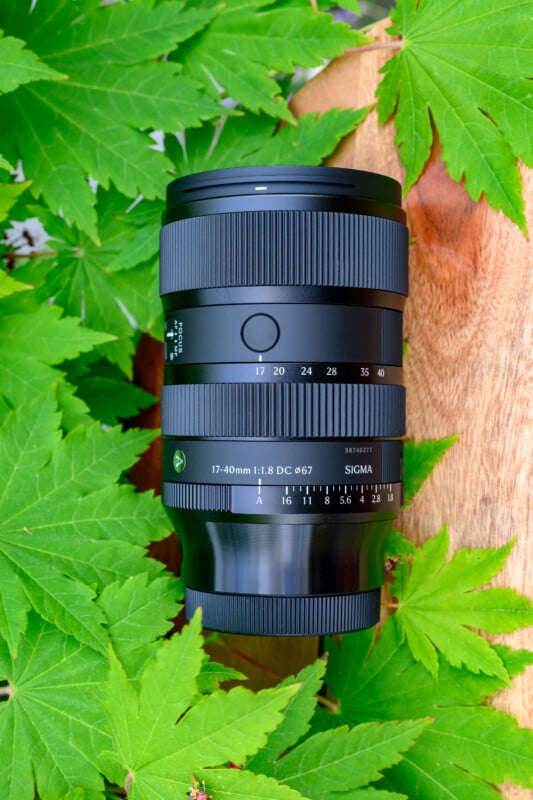
Sigma 17-40mm f/1.8 DC Art Review: How it Feels
The Sigma Art series lenses are always incredibly well-built and fully weather-sealed. At the front of the lens, we have a prestigious lens hood design with both a soft-touch rubber collar and a push-button locking mechanism. This lens accepts 67mm filters and is relatively lightweight, weighing 535 grams (18.5 ounces). I tested the lens for E-mount, but it is also available in Canon RF-mount, Nikon Z-mount, and Fujifilm X-mount.

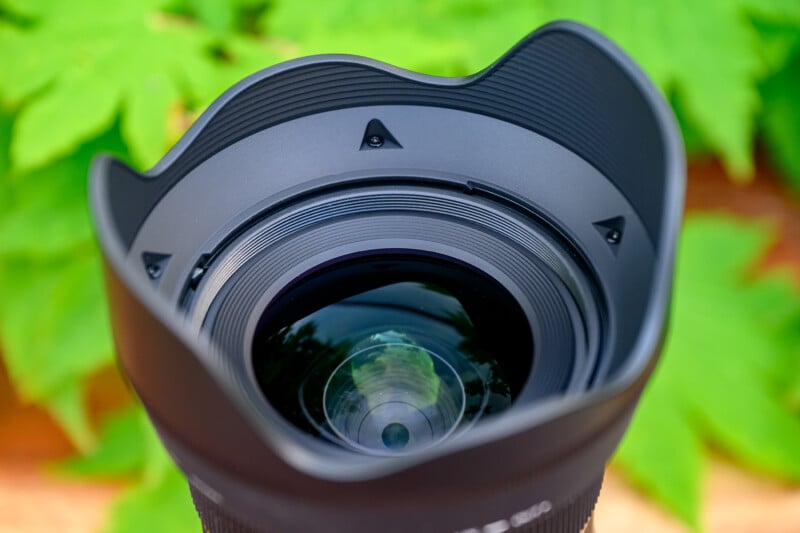
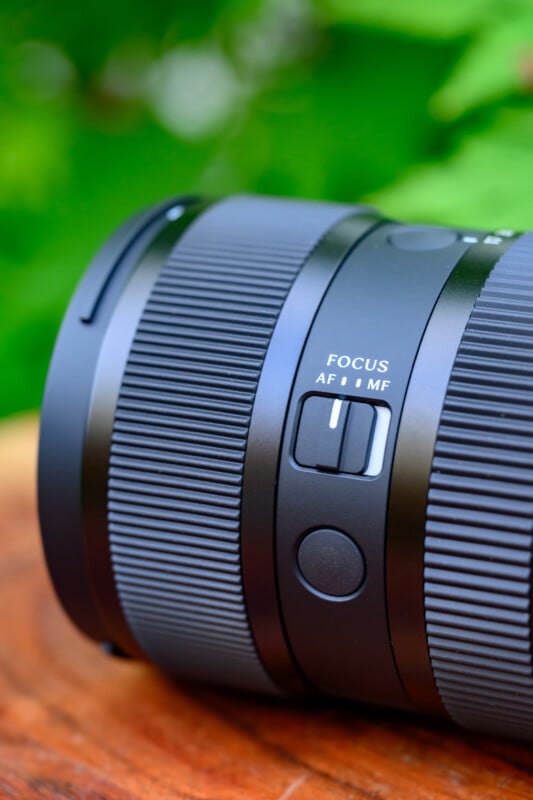
There are a couple of customizable buttons alongside the smooth-turning manual focus ring, and the lens has an MF/AF selector switch. If your particular version comes with an aperture ring — not all mounts do — the aperture choices range from f/1.8 to f/16. There is also a switch to set the aperture ring to stepped or stepless movements. Lastly, I love the smooth metalwork on the Sigma Art lenses and the overall handsome design that Sigma is now famous for. This is a premium-looking lens that doesn’t skip on the embellishments.
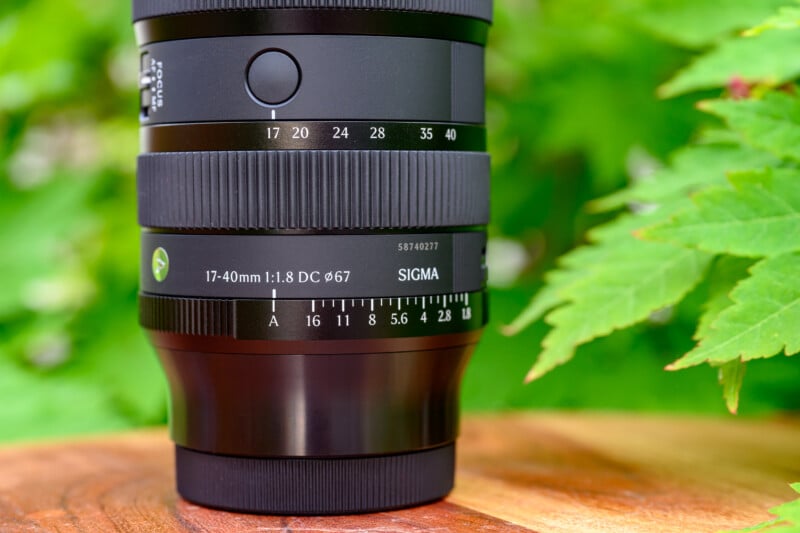

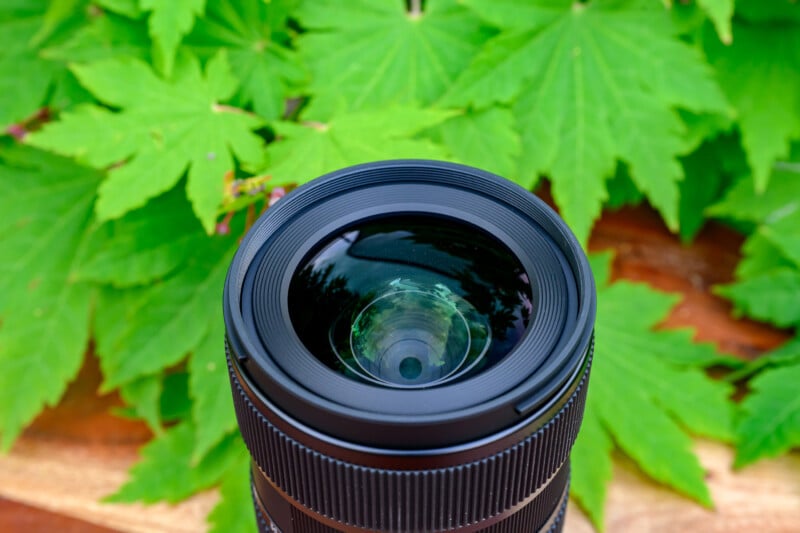
Sigma 17-40mm f/1.8 DC Art Review: How it Shoots
The first thing I wanted to test was the flare resistance. Sigma utilizes excellent coatings that effectively manage any washed-out areas. So, imagine my surprise when I first assumed I was seeing a flare on the opposite side of the image from the sun. It turns out that the flare resistance is excellent, but there is a fair amount of ghosting on this lens. At f/1.8, the ghosting is so soft that it blends into a large, flare-like area. Stopping down the lens cleaned up the image in this case, concentrating the ghosting into smaller but more colorful regions within the image.

If you are into sunstars and want to capture some dramatic sunsets or twinkling city lights, the Sigma 17-40mm does an outstanding job. The fairly round 11-bladed aperture still delivers a dramatic-looking sunstar with decent sharpness. Sharp sunstars are nice to have, but what about the overall sharpness of the lens?
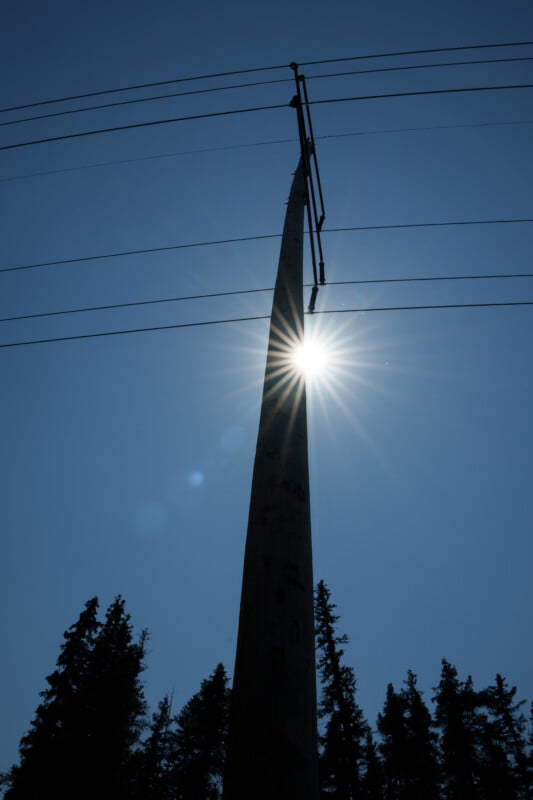
Examining our test charts, I noticed that the 17mm end of the lens generally exhibited excellent center sharpness. The overall result is contrasty and has plenty of detail. Stopping down to f/4 had a very slight benefit to the contrast overall. I got a very similar result at the 40mm end, too.
![]()

Corners have a fair amount of distortion and tend to have a softness to them at f/1.8 as well. Stopping the lens down to f/4 is beneficial, and I noticed this result in both the 17mm and 40mm range. We have a lens that I would use at slightly tighter apertures whenever possible if corner sharpness is key. Make no mistake, though, as the shots at f/1.8 are totally usable for many applications, and I would be happy with the center sharpness on the Fujifilm 40-megapixel sensor as well.

The role of the 17-40mm f/1.8 is to give a versatile 26-60mm full-frame equivalent lens with the depth of field that a full-frame f/2.8 zoom would give. The bokeh on this lens is clean but tends to exhibit a noticeable soap-bubble effect, resulting in a slightly harsh-looking rendition of the backgrounds. I still think this lens does a good job of providing pleasing softness in the out-of-focus areas, and I was happy with the results overall.

There is some longitudinal chromatic aberration to be concerned about, though. This LoCA creates color casts in the out-of-focus areas and is very hard to remove afterward. The Sigma 17-40mm does suffer from some LoCA, creating a strong blue/yellow color split in areas of stark contrast. Stopping the lens down will help eliminate this LoCA, but again, it is another reason to shy away from shooting at f/1.8.
![]()
![]()
The Sigma 17-40mm lens would certainly excel as a handy video lens, thanks to its stepless aperture ring and compact proportions that make it ideal for gimbal work. The lens breathing is also very well corrected, with almost no breathing at the 40mm range. Even at 17mm, there isn’t much lens breathing to deal with, and let’s keep in mind that many video camera platforms still shoot in the Super 35 format. There aren’t that many good APS-C zooms around for video work, so I think the Sigma fills a much-needed gap.
![]()
![]()
Sigma 17-40mm f/1.8 DC Art Review: Pretty but not Perfect
The new Sigma 17-40mm Art f/1.8 should be well received. The fact that we get a versatile general-purpose zoom across four lens mounts is much needed in the APS-C world. Also, keep in mind that a lens with this faster f/1.8 aperture is rare indeed.
![]()
![]()
However, I was a bit surprised by some of the optical issues that the sample we tested appeared to have. This lens features a fast f/1.8 aperture, but there are some compromises to consider when shooting wide open. Still, there are many situations where the faster aperture is still very usable and handy to have. If you need a decent general zoom with good light-gathering capabilities, the Sigma will take good care of you.
![]()
![]()
Are There Alternatives?
There are many general-purpose APS-C zooms on the market, but they all have a slower f/2.8 aperture. This new 17-40mm is also much improved over the older DSLR-era 18-35mm f/1.8, which could be adapted. One of the main strengths of this lens is its lack of competition.
Should You Buy It?
Yes. The performance of this lens is decent and it provides access to a fast f/1.8 aperture when needed. Until someone else makes a similar optic, Sigma stands on its own.